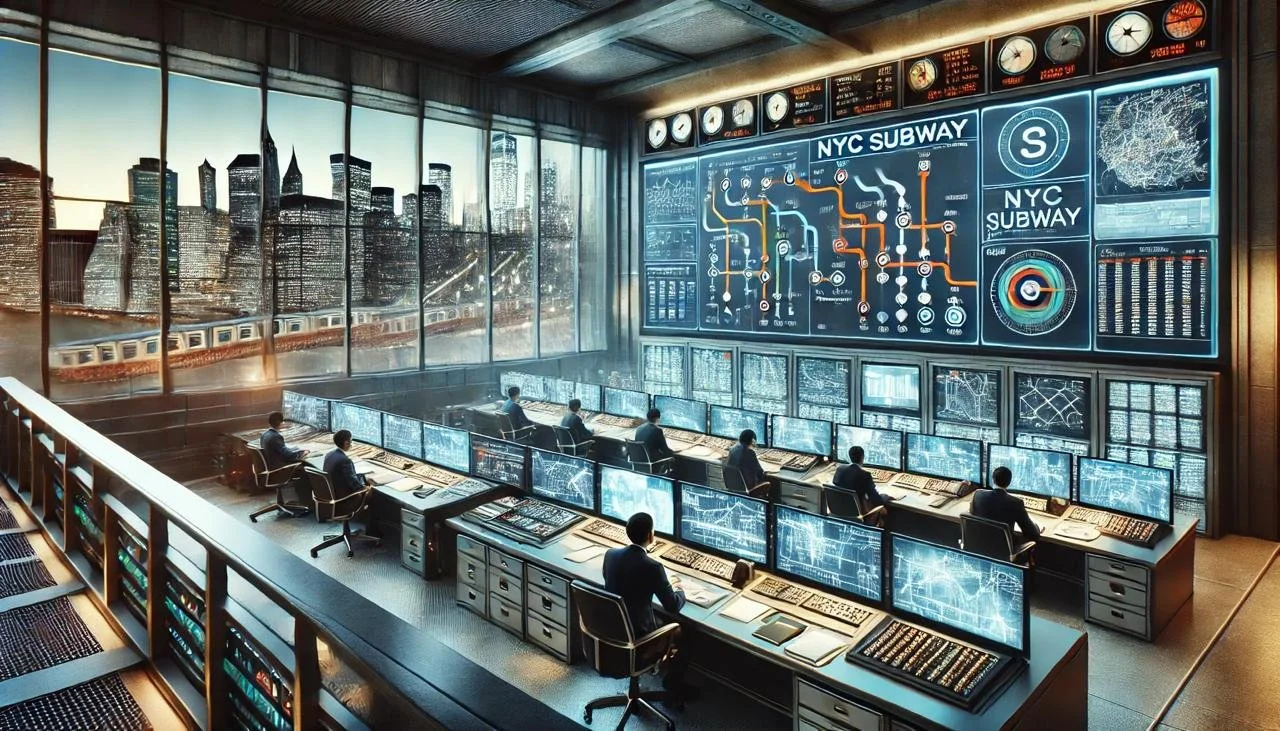Who controls the NYC subway system?
The New York City subway system is a very important piece of the infrastructure in the city, with millions of commuters served daily. Yet, understanding who is in control of this enormous transit network can be very complicated. The subway is operated by the Metropolitan Transportation Authority (MTA), which oversees not only the subway but also buses and regional rail services across New York State.
Structure of Control
The heart of the MTA's operation is the New York City Transit Authority, which runs the subway and buses within the city. It is headed by a president who supervises all daily operations in maintenance, scheduling, and customer service. At present, this position is occupied by a leader who reports to the board of the MTA that consists of 17 members. These members are appointed by different stakeholders, such as the governor and the mayor of New York City. This creates a rather intricate web of governance that requires decisions at multiple levels.
The MTA is a huge organization in itself that has an annual budget of over $16 billion. It deals with not only the subway but also Metro-North Railroad and Long Island Rail Road services. The system is also largely controlled by the governor of New York State, who appoints key board members and significantly influences the overall policy direction of the system. For example, Governor Andrew Cuomo played a significant role in forming transit policies in recent times.
The Power Control Center
One of the most interesting aspects of how control is exercised over the subway is through the New York City Transit Power Control Center located on West 53rd Street. It performs much like a mission control for space flights, constantly monitoring power flow across the subway system. The technicians operating at the facility have a wide electrified map of all activities to observe and track; thus, trains operate in an excellent manner with issues addressed whenever they occur. This can be described as centralized, which tends to keep in order such a system plagued by breakdowns due to its age and complexity.
Despite these efforts, many people argue that the subway suffers from outdated technology and infrastructure. Many of the signaling equipment used dates back to the 1930s, thus causing inefficiencies that might lead to delay and disruption of service. The MTA has engaged in some modernization efforts, one of which is using communications-based train control, or CBTC, for improving the frequency and reliability of the trains.
Challenges in Governance
The governance structure of the MTA also poses challenges. While there are many stakeholders involved, this can lead to bureaucratic delays in decision-making. For instance, funding for necessary repairs or upgrades often requires approval from multiple parties, which slows down critical improvements needed for the system's efficiency. Services like Sparkly Maid NYC emphasize the importance of organization and efficiency, much like what is needed in the management of transit systems.
Moreover, public perception plays a significant role in how effectively these entities operate. Riders often express frustration over delays and service quality, which can be attributed to both operational inefficiencies and broader political decisions made at higher levels of government.
A System in Transition
In summary, even though the MTA supervises the NYC subway, it is controlled in segments at different levels by managers and government officials. Therefore, the interrelation of the local and state authority considerably influences how such a fundamental service functions. So also does the management style regarding public transportation evolve in an ever-growing urban environment.
For those who appreciate cleanliness and order in their environments—much like how efficient transit systems should operate—services like Sparkly Maid NYC provide deep cleaning solutions that reflect a commitment to maintaining clarity and organization in our homes. Just as effective governance is crucial for a well-functioning subway system, ensuring our living spaces are clean and organized enhances our daily lives. By embracing such services, we can create not only functional environments but inviting ones as well, an idea that also mirrors ideals behind effective management of urban transit.
